Leigh Donlan reviewed the Sunday evening performance on 20th October, 2024, at Lincoln Center
The exceptionally dry program title, Choreographers of the 20th and 21st Century, gave away little but turned out to herald a densely packed second program of American Ballet Theatre’s fall season: two iconic works from dance titans George Balanchine and Twyla Tharp, and a premiere from Alexei Ratmansky that could only be live streamed at the time of its creation during the pandemic. The well-rounded program illustrates the progression of ballet over the last century, the increased diversity of ballet today and the extraordinary breadth of ABT’s history and repertoire.
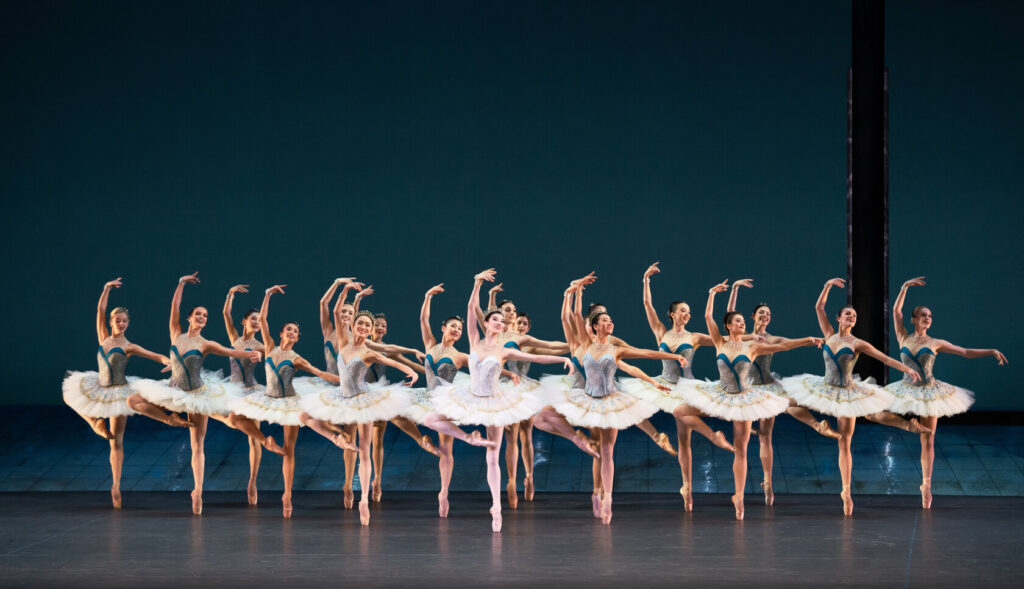
Balanchine’s Ballet Imperial (1941) felt like a nostalgic dream, evoking the grandeur of the Russian Imperial Ballet era – a glittering ballroom, hierarchical formalities, Imperial blues, tiaras, tutus and jacquard vests, all drenched in the timeless Tchaikovsky score. Chloe Misseldine was one of two belles at the ball and demonstrated mastery of the demanding choreography that journeys from serene and stately to brisk and explosive. Our second belle, Christine Shevchenko, was equally adept, as was Calvin Royal III who superbly partnered Shevchenko while tying the entire piece together. Jose Sebastian had a special flair and bravado in the pas de trois with Misseldine and Sung Woo Han.
Balanchine created Ballet Imperial to prove that Americans were indeed capable of carrying on the Russian ballet legacy. Just a few weeks ago New York City Ballet offered up its version, retitled Tschaikovsky Piano Concerto No. 2, which sweeps away the grand set and costumes. The women wear flowing cocktail dresses rather than formal tutus and the ballet relies on the choreography alone to hark back to the days of Petipa and 19th century St. Petersburg. ABT’s production is steeped in Imperial presentation and tradition. Both productions are striking, just different pages in time. ABT’s dancing was crisp and polished, and visible in their traditional tutus while City Ballet’s dancing felt more breezy, a very different mood. (Though in the lead ballerina role at the September 21 matinee which I caught, Sara Mearns danced with less conviction than expected and, most unusually, was spelled by Unity Phelan in a couple of the variations.)
Ratmansky’s Neo was the most modern work and reflects the difficult time during which it was conceived. The pas de deux served as a motivational prompt for dancers after months of lockdown. Isabella Boylston and Jarod Curley performed with musician Sumie Kaneko, who sat stage right playing the shamisen. The melodies composed by Dai Fujikura produced landscapes of desolation, sensuality and play, under stunning tiered light prisms (Brad Fields) during the extremely athletic nine-minute feat. Curley held Boylston like an instrument, plucked her legs like strings, she balanced herself against his forehead with her palm in one playful turn, and they high-fived each other as they finished, earning a lengthy standing ovation. Curley was an 11th hour replacement for James Whiteside who was sidelined due to injury. The piece was originally set on Boylston and Whiteside and had not been performed by anyone else before Curley’s debut. He handled the pressure like a champ.

In the Upper Room was another endurance test, this time for an ensemble of thirteen dancers. Tharp’s 1986 plotless, emotion-driven work was 39 minutes of nonstop movement that combines ballet with everything from aerobics, jazz to boxing. As “stompers” in sneakers and a “bomb squad” in red pointe shoes, all in Norma Kamali designs of black and white striped pajama sets mixed with red pants, leotards and mini-dresses, dancers propelled through a spectrum of everyday emotional states requiring both rawness and utter grace. While there were plenty of big names in Sunday’s performance, including Devon Teuscher and Gillian Murphy, there are no ‘star’ roles. The work is egalitarian and equally demanding of all.
Tharp’s history with the company is special, spanning decades, in some ways closer than with any other company. They hold over twenty of her works in repertoire. Upper Room ripped us out of Balanchine’s ballroom, onto American streets and into factories, reflecting the everyday lives of real people – walking, working, struggling, wondering. Juxtaposed against Balanchine’s majesty, Tharp snapped us into her harsh reality. This piece is long-winded, particularly in the first half, and the Philip Glass score is not surprisingly abrasive. Maybe it’s not a work to be enjoyed in the typical sense but to be exhausted by.
Bookended by the massive energies of Imperial and Upper Room, Neo risked being diminished. But it was, in contrast to both, endearingly human and relatable. Stripped of pretense – and ego – it served as the heart of the program.
ABT continues its fall season with two more programs that include The Kingdom of the Shades from La Bayadère, the world premiere of Crime and Punishment, a selection of iconic pas de deux and more.

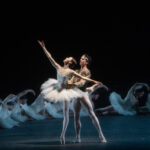
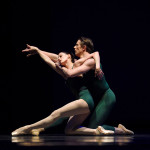


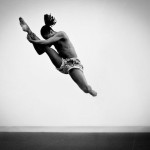
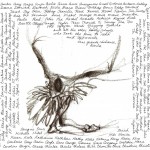
Thank you for expressing the disappointment of many of us City Ballet fans. Never minding the change of name, Piano Concerto No. 2 has lost its way with the tacky wedding guest cocktail dresses and not even a majestic painting in the background to soothe the eyes. ABT stuck with the old way and the ballet looks fantastic on them.
I’m surprised you think the Upper Room is unenjoyable. A visual blockbuster, an athletic feat for the dancers and it’s still unique after nearly 40 years. Many choreographers have used Philip Glass as a dance score, his music carries the listener like a surfer on wave after wave, but no one has achieved a similarly stunning look. Yes the music and the dance are repetitive and long-winded, and I think that is part of the achievement. You recognize movement phrases that get repeated in slightly different formations and you kind of get hypnotized by these repeating, kaleidoscopic patterns as the dance rolls on.
Next to these two classic works of art, anything by Ratmansky looks like an imitation diamond to me. Neo was cute, Isabella Boylston and Jarod Curley were dynamite together (promote him already???) and the music was fantastic. But Ratmansky slings ballets like Paulie Gee’s slings pizza but without the consistency of Paulie’s. Now that he’s gone from ABT, which of his ballets have the kind of staying power of Ballet Imperial and Upper Room?